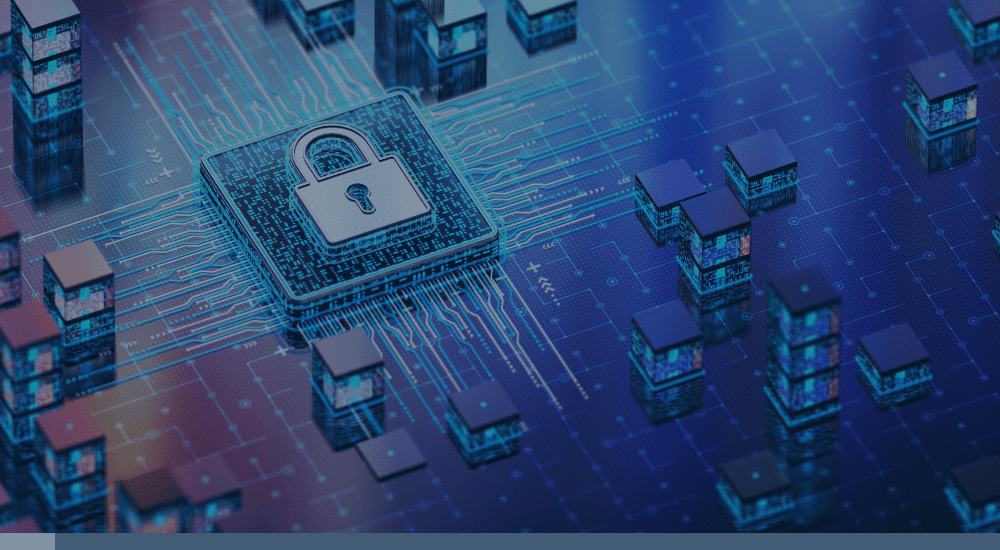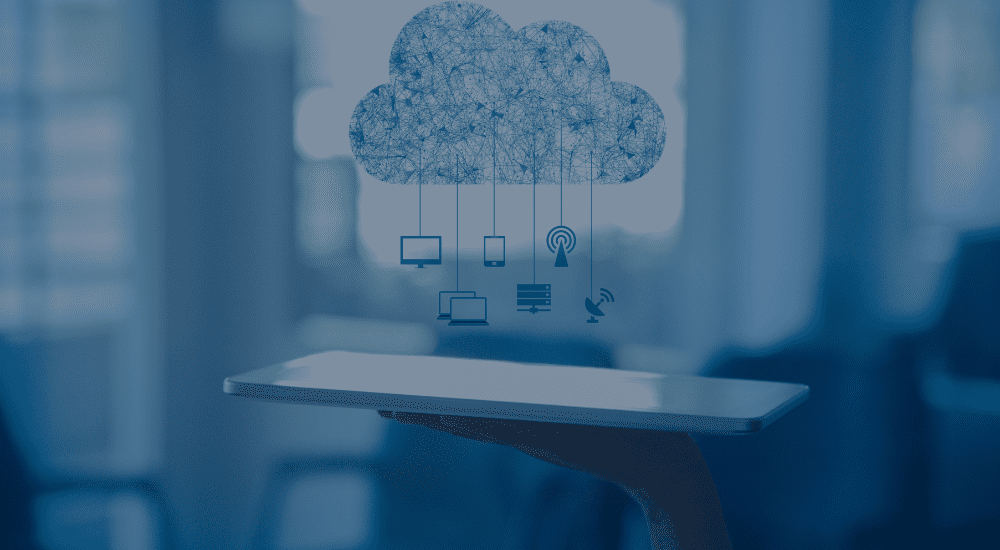The days of simple cyberattacks being just a technical headache for junior IT staff are long gone. Criminal groups like Evil Corp, Cl0p, and REvil have turned hacking into full-fledged, strategically planned operations that bring cutting-edge technology to the game – often more advanced than many companies can keep pace with.
Cyberattack prevention is now a critical business risk that threatens a company’s financial, operational, and reputational health via exact, invasive operations and highly sophisticated approaches. It can severely impact the company’s bottom line, which has propelled Boards and C-suite executives to take notice.
For today’s strategic CFOs, many take on full ownership of cybersecurity as a strategic agenda and business continuity topic. In this highly advanced digital and AI-driven age, cyber security requires significant investment and resources to be as prepared as possible, and it requires strong leadership alignment and partnership across all facets of the organization.
This point-of-view will share our experiences and learnings in developing resiliency programs for companies looking to strengthen their operations and stay ahead of the ever-growing world of cybercrime. And, we’ll offer eight concrete areas to focus efforts on to build strong resiliency for your organization.
The Business of Cybercrime: A Profit-Driven Industry
Cybercriminals now model their operations like businesses, conducting detailed research to maximize their return on investment. According to industry research, a whopping 97% of organizations have seen an increase in cyber threats since 2022, with the average cost of an actual data breach being almost $5 million.
Criminals will target companies with valuable data and weaker cybersecurity defenses, regardless of size. While larger corporations may appear obvious targets, mid-market companies and businesses with antiquated systems present some of the best targets.
Reconnaissance is one of many areas where cybercriminals are becoming more advanced. The increased use of AI-based automation tools has improved the hacker toolkit. Some examples of threat actor reconnaissance include:
- More advanced botnets that scan for vulnerabilities with an improved focus on outdated software, unpatched systems, and weak employee security practices.
- Phishing and social engineering are low-cost, high-reward methods that can yield significant returns, often with minimal effort. Today, you can get a phishing kit for as little as $50, yet it could lead to millions in ROI based on the stolen data or funds.
- One of the more resource-intensive routes is the use of Advanced Persistent Threats (APTs). These APTs often unlock the potential for even more significant financial gains if the hackers dedicate weeks or months to infiltrate systems before executing their attack, making them a more critical, long-term investment.
Of all the various methods that a cybercriminal could use to monetize their attacks, ransomware is one of the most direct and lucrative. With this, cyber criminals extract immediate financial gain from their victims by locking down critical systems and demanding payment. Based on their proactive reconnaissance, attackers target firms they know will be able and open to paying the ransom. Paired with the rise of the Dark Web, anything a hacker gets their hands on can be turned into a high-value commodity.
Another rising pattern is the misdirection of accounts payable or payroll processes. This allows hackers to siphon off funds directly, exploiting internal financial systems for substantial payouts. These tactics highlight the diverse ways cybercriminals can turn digital attacks into monetary rewards – and often very quickly. Weak systems and processes present ripe opportunities for bad actors!
Given all of this, it’s become more crucial than ever for CFOs to proactively assess their company’s cybersecurity posture, particularly in regulated industries where the financial impact of a breach can be devastating. The stakes are higher than ever for CFOs, as beyond the physical costs, huge fines and lawsuits can come into play, not to mention the immediate or long-term reputational harm that can result (e.g., lost customer trust).
Protecting Your Company: A CFO’s Checklist
Through our experiences working with organizations, our team at Cuesta believes a strong focus on key fundamentals, awareness building, and tapping into advanced tech capabilities can be the best approaches to managing risk. Below are our top eight best practices to consider:
- Conduct recurring security audits – Investing in and performing regular audits will help identify vulnerabilities before they can be exploited. Consider this an investment in protecting your bottom line.
- Promote security awareness employee training – Cybersecurity is as much about people as it is about technology. Develop training and communication programs to help employees recognize phishing and social engineering tactics, especially as hackers and their tools become more sophisticated. 88% of breaches involve human error, so staff education and retraining can dramatically reduce risk. Creating annual, mandatory, easy-to-consume e-learning modules is a great way to achieve this.
- Update/maintain software and patches – Ensure your company’s software is always current, as unpatched systems are a favorite target for hackers. Enable automatic software updates for your staff whenever possible, ensuring updates are installed as quickly as possible.
- Implement a comprehensive incident response plan – It’s not a matter of if a breach occurs; it is a matter of when. An incident response plan can mean the difference between quick containment with minimal disruptions and long-term financial and reputational damage.
- Explore AI capabilities – Cutting-edge advances in AI offer an opportunity to elevate cybersecurity capabilities with real-time anomaly detection and intelligent identification systems to prevent unauthorized access. Machine learning automated incident response can help respond to threats in almost real-time.
- Consider Zero-Trust architecture – Zero-Trust fundamentally eliminates the notion of a secure perimeter within which network activity is deemed trustworthy. This principle extends beyond the corporate network walls to encompass remote workers, collaborative partner organizations, and a swarm of IoT devices.
- Stay informed on emerging threats and cyber trends – Cybercrime evolves rapidly. Staying informed on the latest threats and trends will help you reduce risk to your bottom line. Our go-to resources to stay current include The Hacker News, Gartner and SANS Institute.
- Partner with cybersecurity experts – Whether in-house or external, building relationships and developing cybersecurity talent will help you assess risk and build effective mitigation strategies. This will also ensure you have a ready-to-engage bench of expertise on standby to help you manage through an incident, should one occur.
CFOs who recognize the financial risks of cyber-attacks and take proactive steps to mitigate them will protect their companies’ assets and ensure long-term success. It’s not about being the best in cybersecurity; it’s about being prepared enough to avoid being the easiest target.
To learn more, please reach out to the Cuesta cyber team today!





